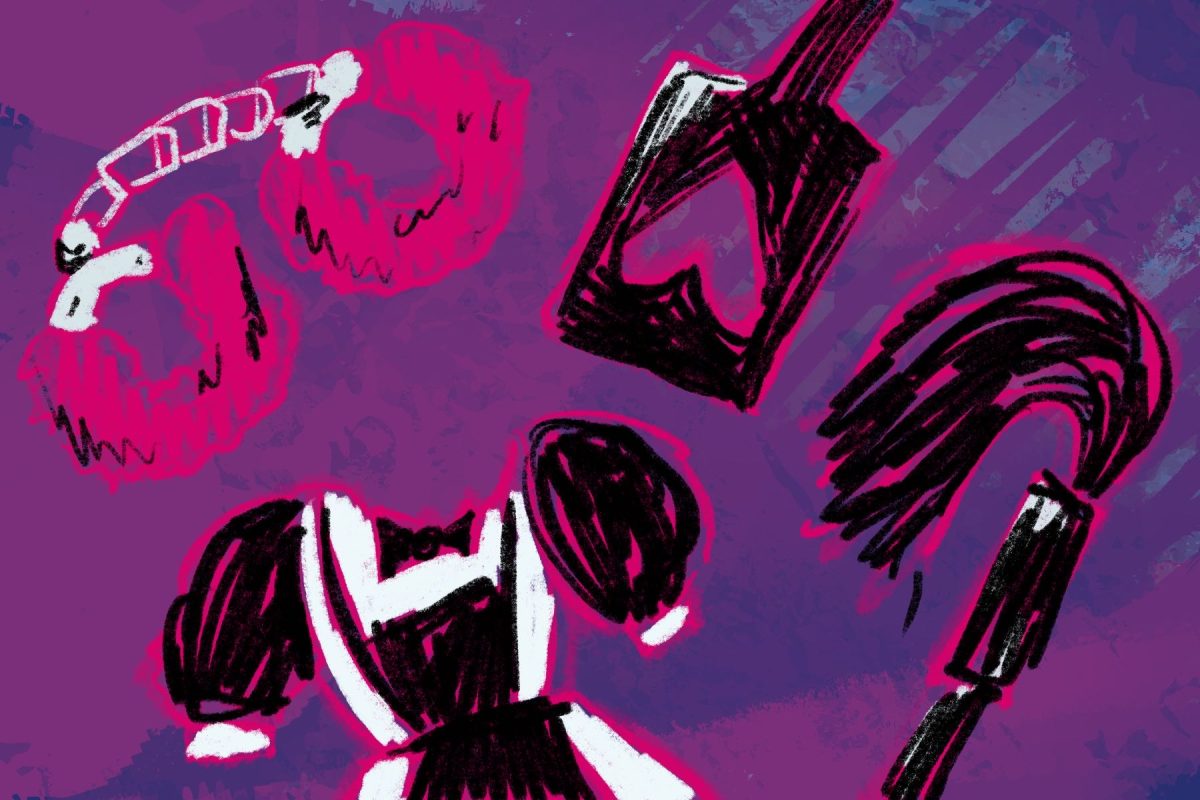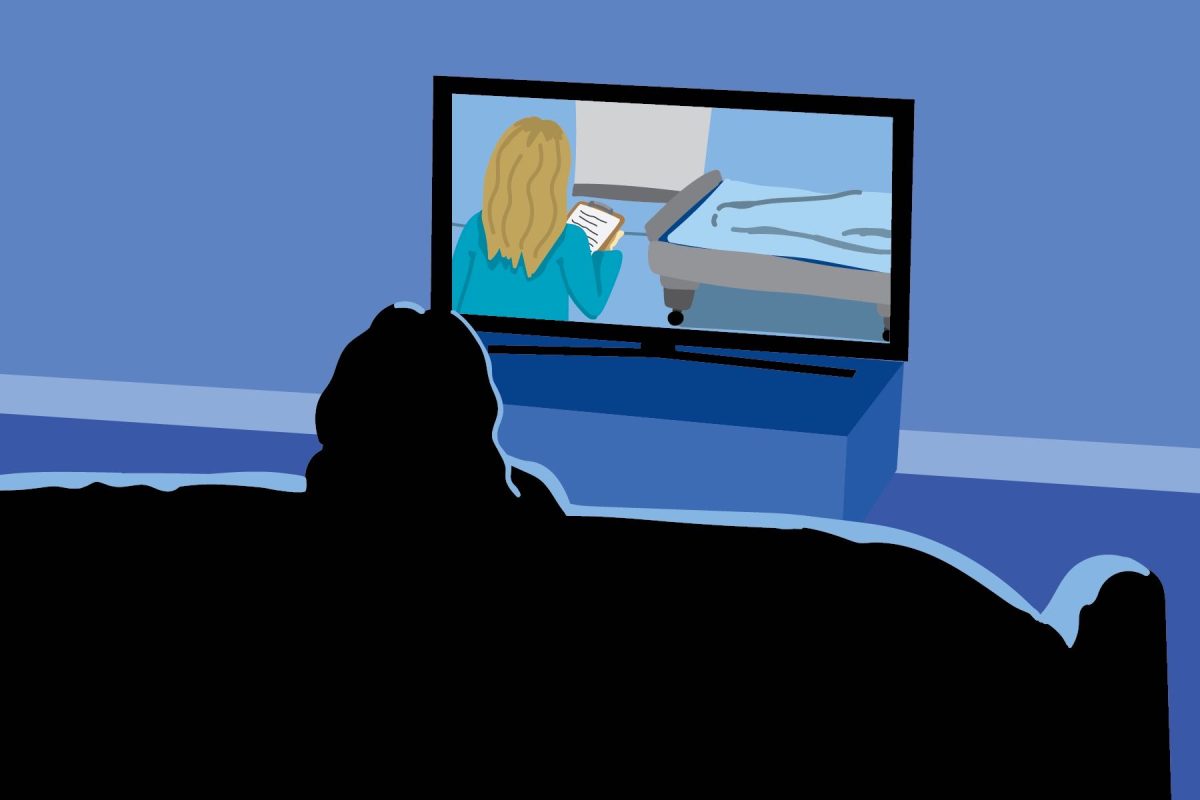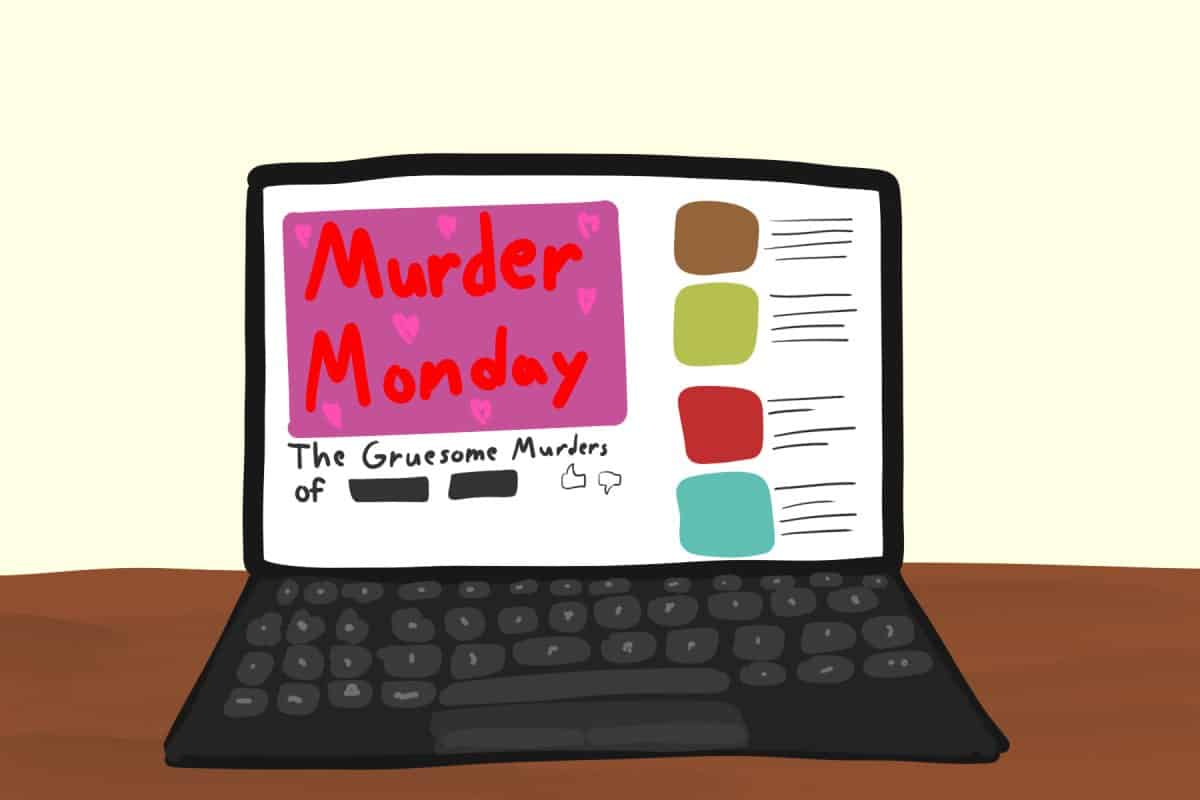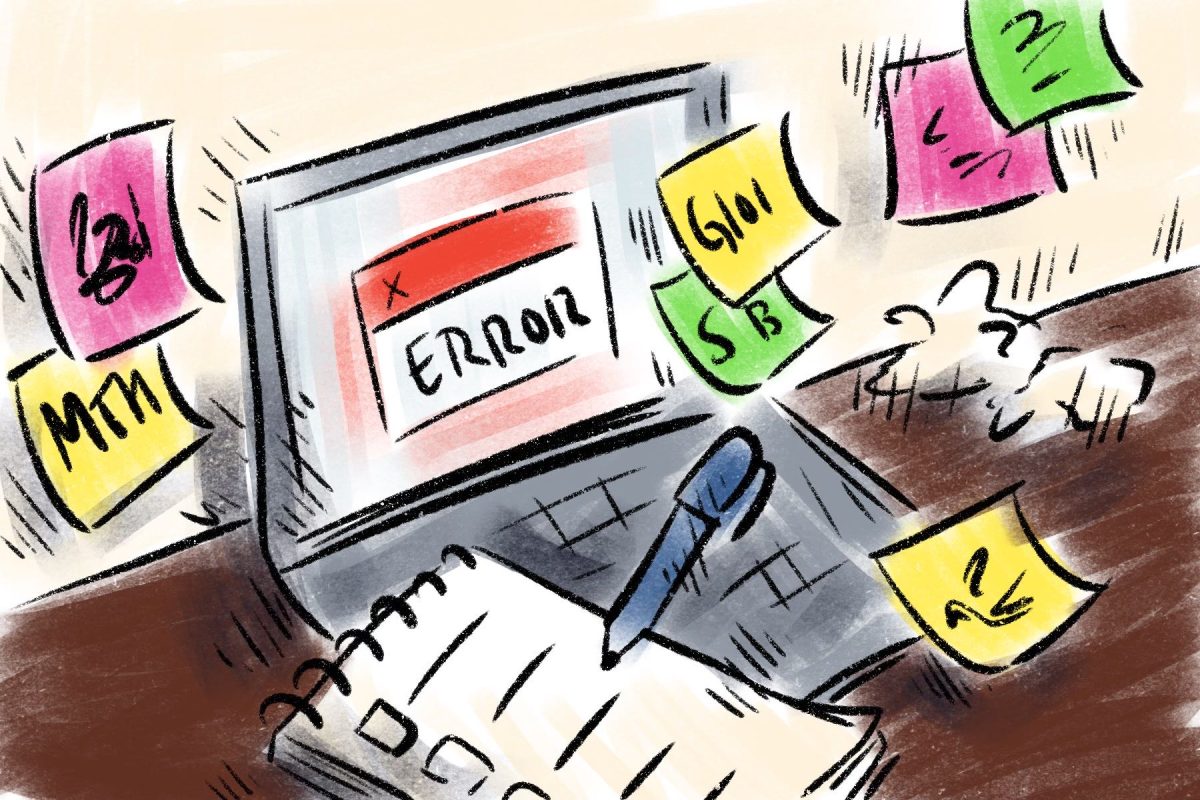Franklin Roosevelt has always been the undisputed ninth-grade answer to how this country escaped the Great Depression and how it has maintained economic stability since. However, considering our country’s current position in the most devastating crisis since the 1930s, examining what F.D.R. did wrong may be more helpful.
In 1934, Roosevelt met with John Maynard Keynes, the British economist whom many consider to be the father of modern macroeconomics. Roosevelt had already taken unprecedented steps to use public money to create jobs, put government in control of energy systems and subsidize farming. Keynes, however, insisted that Roosevelt do more.
Keynes’ nascent idea, not yet accepted by many mainstream economists, was that in a recession, government must run a deficit to keep people employed, create demand, and prevent social misery.
This was directly contrary to the two-century-old assumption that supply creates its own demand, and that the free market would eventually bring any system into equilibrium. If the government did not work to ensure that people spent and invested more than they hoarded, businesses would continue to cut back, and the depression would deepen as no one made a profit.
Roosevelt had criticized Hebert Hoover during the election for running a deficit during a recession, and he rejected most of Keynes’ advice. (Apparently, their exchange left Keynes very unimpressed with the venerated leader. Roosevelt complained about Keynes’ “rigmarole of figures,” and Keynes said that he had expected the leader of the free world to be “more literate, economically speaking.”)
Roosevelt held back, and the depression deepened. Finally, in 1938, he announced that the government would spend money it didn’t have to make “additions to the purchasing power of the nation.” The national debt climbed to unprecedented percentages of GDP, the country almost doubled its productivity as it braced for war, and unemployment dropped from 17 percent to just over one percent in five years.
A year ago, Congress passed the American Recovery and Reinvestment Act, its epic attempt to create and save demand. By every reputable measurement, it has worked considerably. I.H.S. Global Insight, Macroeconomic Advisers and Moody’sEconomy.com have all estimated that the bill has added at least 1.6 million jobs so far, and that its ultimate impact will be around 2.5 million. The Congressional Budget Office considers these estimates to be conservative.
Critics complain that this is little bang from a bill that added $787 billion in debt to a nation recently bruised from TARP.
But consider two things.
First, most economists agree that to maximize effectiveness, the money spent should have been around $1.3 trillion. The bill was initially near that, but was then scrutinized and shaved down by Republican naysayers who never intended to vote for it in the first place.
Second, less than half of the money has been spent. Among the programs that haven’t reached full stride are programs that will build and rebuild infrastructure, a long-overdue necessity that played an essential part in helping us survive the Depression.
This week, Congress faces two important steps in the march back to the black. The first is renewal of unemployment benefits. Expenditures of the working class and the poor are a huge part of the demand equation, because they are people who, when given money, can’t afford to hold onto it. It gets injected right back into the economy through grocery shopping, gas and essential items.
The worst aspect of our recession is that it affected those with less education and prospects in staggering disproportion. A Northeastern University study shows that the bottom tax bracket of society is at 50 percent unemployment. The one right above them is at 37 percent.
The second, and more controversial, step is the “jobs bill.” It’s the second stimulus bill. I know it sounds counterintuitive to go even further in government intervention when we have the world’s largest private sector working for us.
But, as New York Times columnist Peter Goodman points out, the three industries that usually pull us out of a recession – automobiles, homebuilding, and banking – aren’t leading the way this time. Big banking is in fact essentially returning to the same games of derivatives and crappy-mortgage-camouflaging that helped cause the crisis.
Public debt is no small problem. And government can’t ultimately take us completely out of a recession and into the front of an upcoming industrial race with China. But doing nothing means years of stagnant GDP, which also contributes to debt, and at this point, just like in 1938, there’s no silver medal for doing this half-ass.
Josh Veazey is a senior majoring in telecommunication and film. His column runs on Wednesdays.








